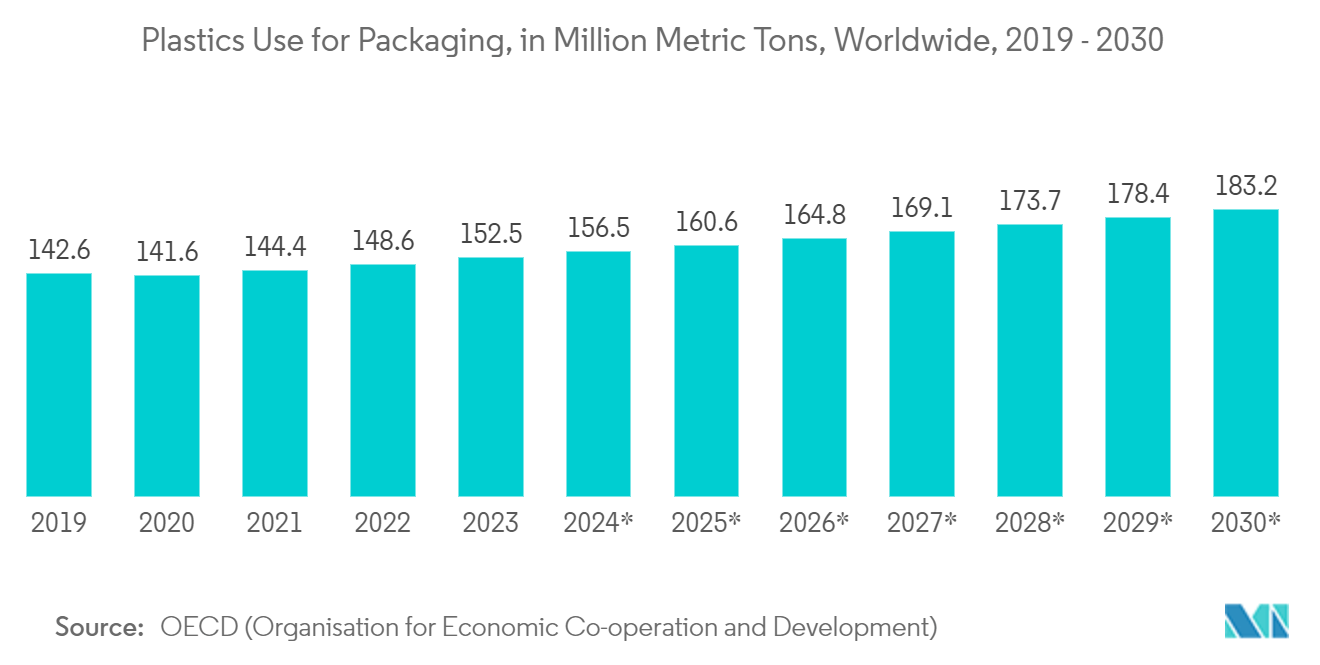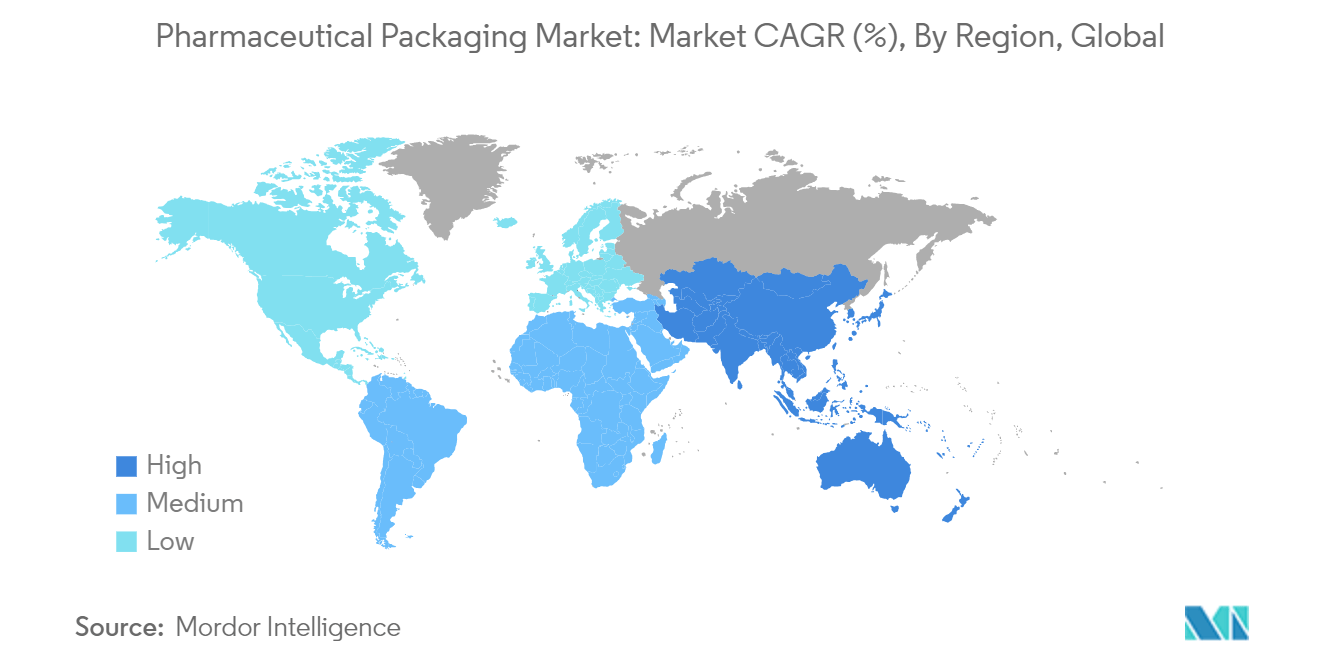Market Trends of Pharmaceutical Packaging Industry
Plastics Segment Dominates Material Category
The Plastics segment emerges as the largest material category in the Pharmaceutical Packaging Market. In 2022, this segment accounted for 41.84% of the market share, valued at USD 38.03 billion. The segment is projected to reach USD 54.15 billion by 2028, growing at a CAGR of 6.17% during the forecast period. This growth is driven by several factors, including the segment's versatility, cost-effectiveness, and ongoing innovations in plastic packaging solutions.
- Market Share: Plastics accounted for 41.84% of the pharmaceutical packaging market in 2022.
- Cost-Effectiveness: The affordability of plastics makes it a popular choice in pharmaceutical packaging.
- Innovative Solutions: Companies are introducing biodegradable and recyclable plastic solutions to meet sustainability standards.
- Future Growth: The segment is projected to reach USD 54.15 billion by 2028.
- Regulatory Standards Drive Plastic Packaging Innovation: Stringent regulatory standards and norms against counterfeit products are propelling advancements in plastic pharmaceutical packaging. Companies are developing innovative solutions to meet these requirements. For instance, Bormioli Pharma launched EcoPositive in May 2022, a label for sustainable packaging offerings, including recycled plastics, bio-based, biodegradable, and compostable plastic solutions. This initiative demonstrates the industry's response to regulatory pressures and the growing demand for sustainable packaging options.
- EcoPositive Initiative: Bormioli Pharma's EcoPositive showcases sustainable packaging options, including bio-based and compostable plastics.
- Counterfeit Prevention: Anti-counterfeit measures in plastic packaging are becoming increasingly sophisticated to meet global standards.
- Regulatory Pressure: The rise of global regulatory standards is shaping the pharmaceutical plastic packaging segment.
- Sustainability Efforts: Increased investment in biodegradable plastic solutions aligns with environmental regulations.
- Nanotechnology Impacts Plastic Packaging Development: The impact of nanotechnology is driving the development of new-generation packaging solutions in the plastics segment. This technological advancement is enabling the creation of packaging materials with enhanced properties, such as improved barrier functions and antimicrobial capabilities. The integration of nanotechnology in plastic pharmaceutical packaging is expected to contribute significantly to the segment's growth and market dominance in the coming years.
- Barrier Functions: Nanotechnology enables the creation of enhanced barrier properties in plastic pharmaceutical packaging.
- Antimicrobial Solutions: Companies are integrating antimicrobial nanotechnology to improve the safety and longevity of packaging.
- Enhanced Properties: Nanotech innovations are being used to make plastic packaging smarter and more efficient.
- Future Prospects: The integration of nanotechnology is set to propel growth in the plastic packaging sector.

Asia-Pacific to Occupy Major Share
The Asia-Pacific region stands out as the fastest-growing segment in the Pharmaceutical Packaging Market. In 2022, this region held a 40.12% market share, valued at USD 36.60 billion. The market is projected to reach USD 54.59 billion by 2028, exhibiting a robust CAGR of 6.99% during the forecast period. This growth rate outpaces other regions, positioning Asia-Pacific as a key driver of the global pharmaceutical packaging market.
- Market Share: Asia-Pacific holds 40.12% of the global pharmaceutical packaging market.
- Growth Rate: The region is expected to grow at a CAGR of 6.99% from 2023 to 2028.
- Regional Dominance: China and India lead the pharmaceutical packaging market in Asia-Pacific.
- Emerging Trends: The region’s rapid growth is driven by increasing demand for innovative and sustainable packaging.


